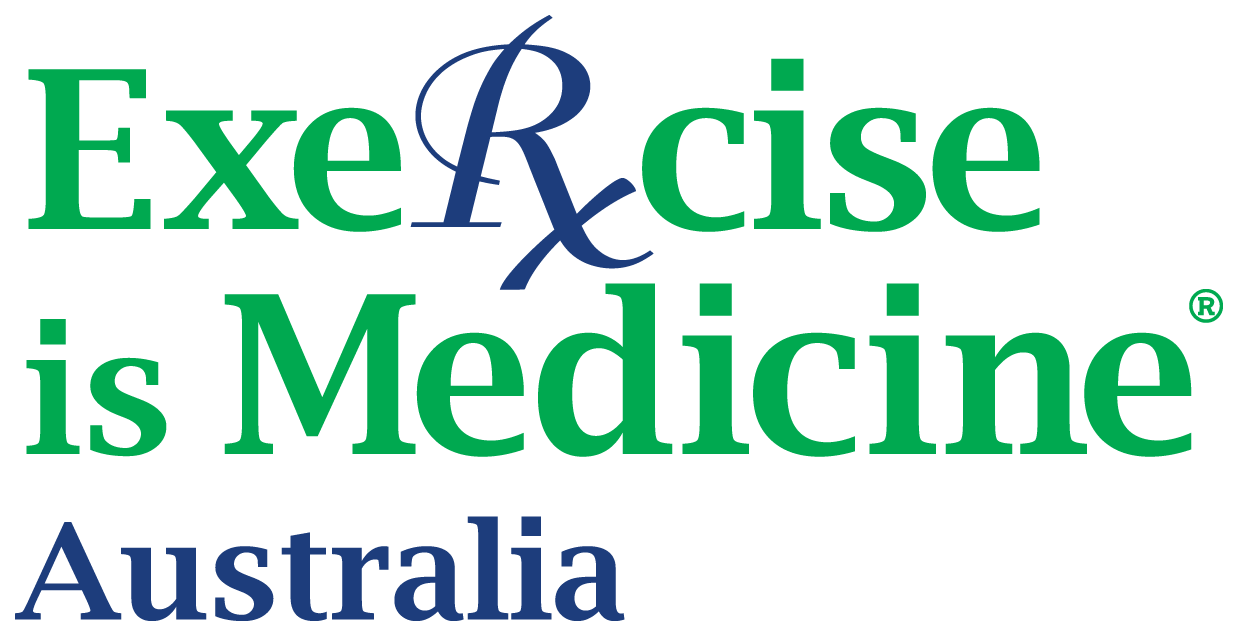Give your patients an 'exercise prescription'
Exercise is a powerful tool in the prevention, treatment and management of many conditions. As a health professional, patients respect and listen to you, they will exercise if you encourage them.
How much exercise should you be prescribing to your patients?
All health professionals can prescribe exercise to their patients in line with Australia’s Physical Activity and Sedentary Behaviour Guidelines.
Doing any physical activity is better than doing none. If you currently do no physical activity, start by doing a little, and gradually build up to the recommended amount.
Want further information about the benefits of exercise?
Who and When to prescribe exercise?
EVERY PATIENT, EVERY VISIT.
- Treat exercise like a vital sign – just as you measure, record and monitor BP – measure, record and monitor physical activity at every visit.
- Make a conversation about exercise a standard part of every consultation.
- Make exercise a standard part of your chronic disease prevention, treatment and management strategy.
How to prescribe exercise?
Each contact with a patient is an opportunity for you to make a difference.
The EIM Framework is a simple, fast and effective tool for use in every day practice. This is a process to help you start the conversation and to ultimately change the behaviour of your patients. If you only have 1-2 minutes:
Step 1. Ask the right questions about physical activity
Or get your patients to complete the PA form before their consultation
- How many days per week do you exercise?
- How many minutes per day?
- At what intensity do you exercise (moderate or vigorous)
If you have no concerns about your patient exercising safely, select your physical activity counselling strategy (or use the PA stage of change assessment tool):
If you have more than 1-2 minutes, continue the framework, otherwise refer your patient to a practice nurse or allied health professional for steps 2-5.
Step 2. Screen
If you have concerns about your patient’s safety during exercise, then the Adult Pre-Exercise Screening System can be useful in identifying any issues of concern.
For patients with complex medical conditions, you might consider referral to a Sport and Exercise Physician who can assess your patient and provide recommendations about exercising safely.
Step 3. Customise
Determining which stage of change your patient is in can help you tailor your advice and exercise prescription to each patient.
The PA stage of change assessment tool is useful in identifying the stage of change your patient is at and then providing appropriate goals and strategies to increase their success in moving more.
Step 4. Refer
Some patients will need more help to start exercising safely. Referral to an Accredited Exercise Physiologist or Physiotherapist will increase your patient’s changes of safety starting and continuing on their exercise journey.
The EIM Action Guide for Health Care Providers provides you with more details about implementing the EIM Framework in your practice.
